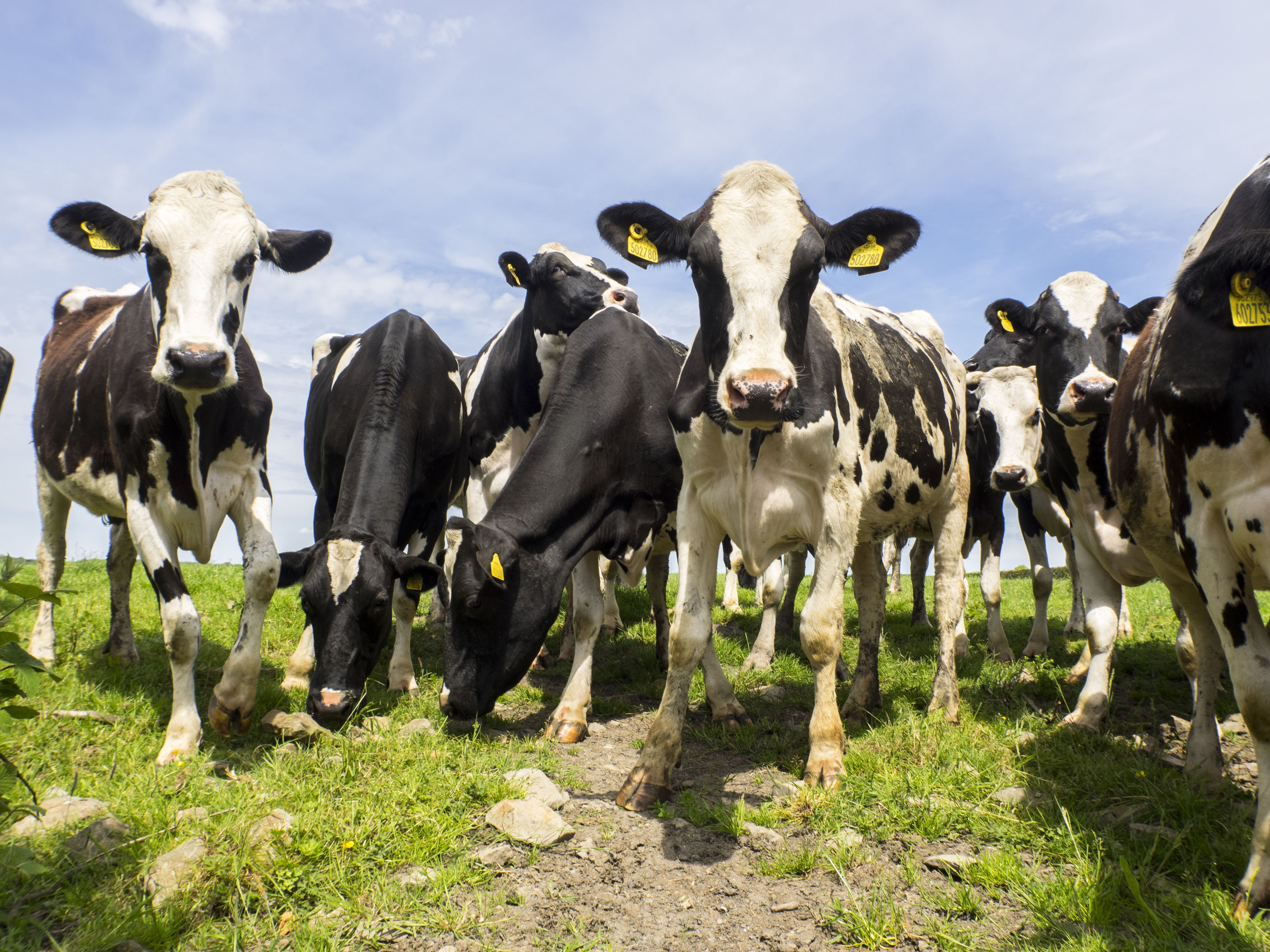Create a free profile to get unlimited access to exclusive videos, sweepstakes, and more!
Meat me in space: 3D bioprinted “space beef” teases ISS astronauts with promise of fake steak

Who’s hungry? Well, if you’re in space, and you’re missing the sweet, sweet flavor of a medium-rare filet mignon, it’s not a question that leaves open a luxury of possible answers. Astronauts aboard the International Space Station and pretty much every manned space mission that’s come before have always been compelled by necessity to regard their in-orbit nourishment as a necessary compromise; food is there to keep you going, but not necessarily to make you happy.
But thanks to a successful new experiment, the ISS crew may soon be able to enjoy at least a simulacrum of big, beefy flavor. An Israeli company called Aleph Farms announced this week that it’s achieved its goal of bioprinting the first-ever lab-produced meat in space, food that doesn’t start with a cow (at least not a slaughtered one) yet ends with a piece of edible meat.
Via Space.com, ISS astronauts successfully carried out an experiment with the 3D bioprinting technology, "growing" a piece of beef "by mimicking a cow's natural muscle-tissue regeneration process." Bioprinting is made possible by starting with a piece of biological material (in this case, cells from the muscle tissue of a cow) and mixing it with “growth factors and the material 'bioink,'” according to the report. Then it's given structure by being 3D “printed” in layers — just as polymer 3D printing is done down here on Earth.
Aleph Farms worked alongside Russian company 3D Bioprinting Solutions and a pair of American food companies to conduct the ISS experiment, according to the report, and the implications — at least for space travel and colonization — could be profound.
While Aleph states there’s a decidedly terrestrial reason to pursue the technology, as more people require food production from finite resources, the materials needed to manufacture food in space are, of course, almost nonexistent. "In space, we don't have 10,000 or 15,000 Liters of water available to produce one Kg of beef," Aleph CEO Didier Toubia explained, via the report. “This joint experiment marks a significant first step toward achieving our vision to ensure food security for generations to come, while preserving our natural resources.”
Carrying out the bioprinting in space comes with its own unique perks, benefits that actually expedite the process in a way that isn’t possible down here on the surface. Print-layering organic material in zero gravity occurs much faster than it does on Earth, Aleph manager Yoav Reisler told Space.com; plus, instead of constructing a piece of meat in stratified layers, gravity-free space-bound printing allows the tissue to be “printed from all sides simultaneously, like making a snowball.”
“On Earth, the cells always fall downward,” he explained. “In zero gravity, they hang in space and interfere only with each other. Layer by layer printing in gravity requires a support structure. Printing in zero gravity allows tissue to be created only with cell material, without any intermediate support.”
The one thing missing in all the reporting we’ve seen so far on what otherwise appears to be an ISS success story is the one we really care about the most: How does it taste? The quantity of beef that this first experiment managed to bioprint wasn’t meant for eating; instead, it’s just a proof of concept. But with the bioprinting technique now confirmed to work in zero gravity, it doubtless won’t be long before the reviews start pouring in for 3D-printed haute cuisine, served up space-style.


























